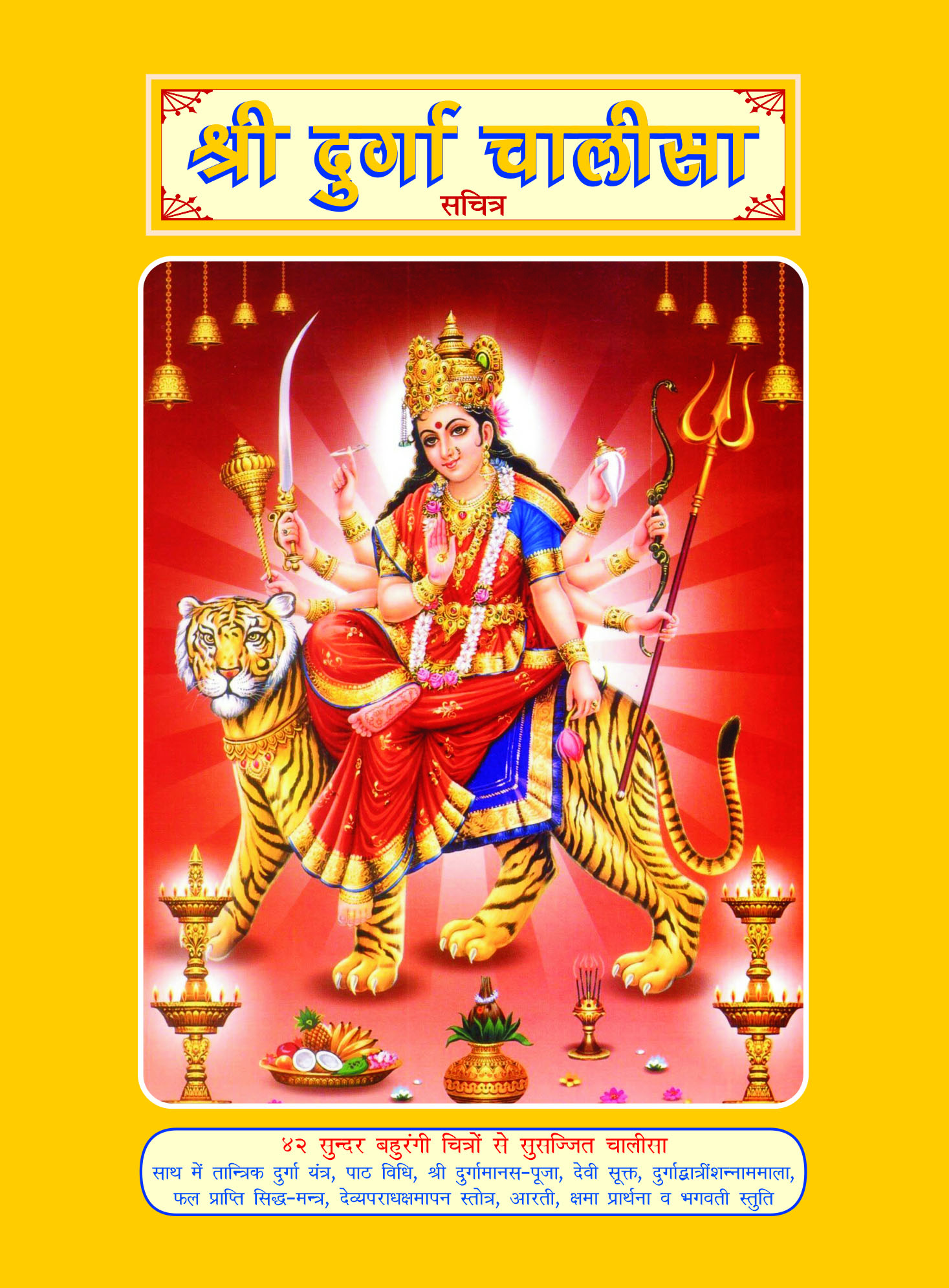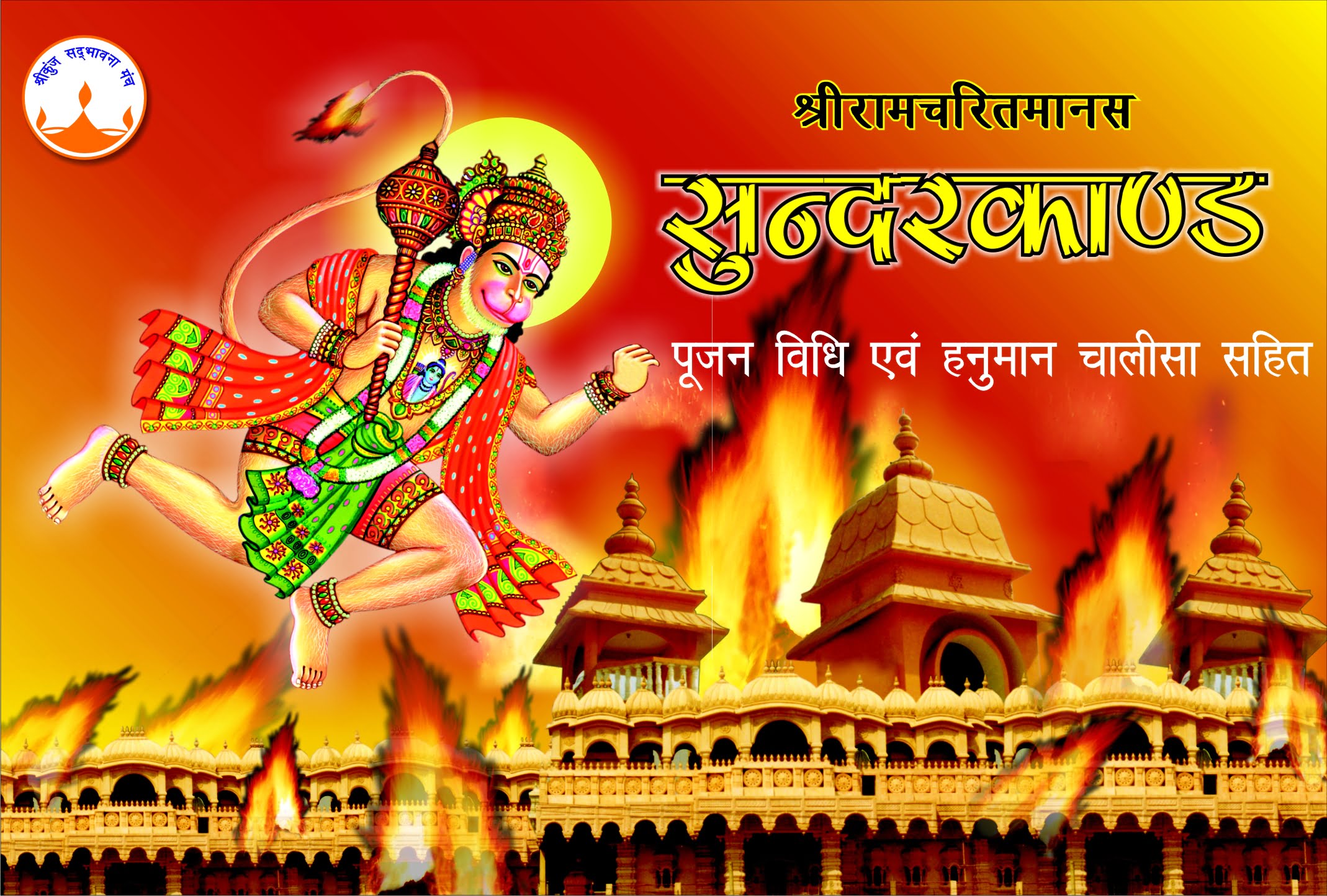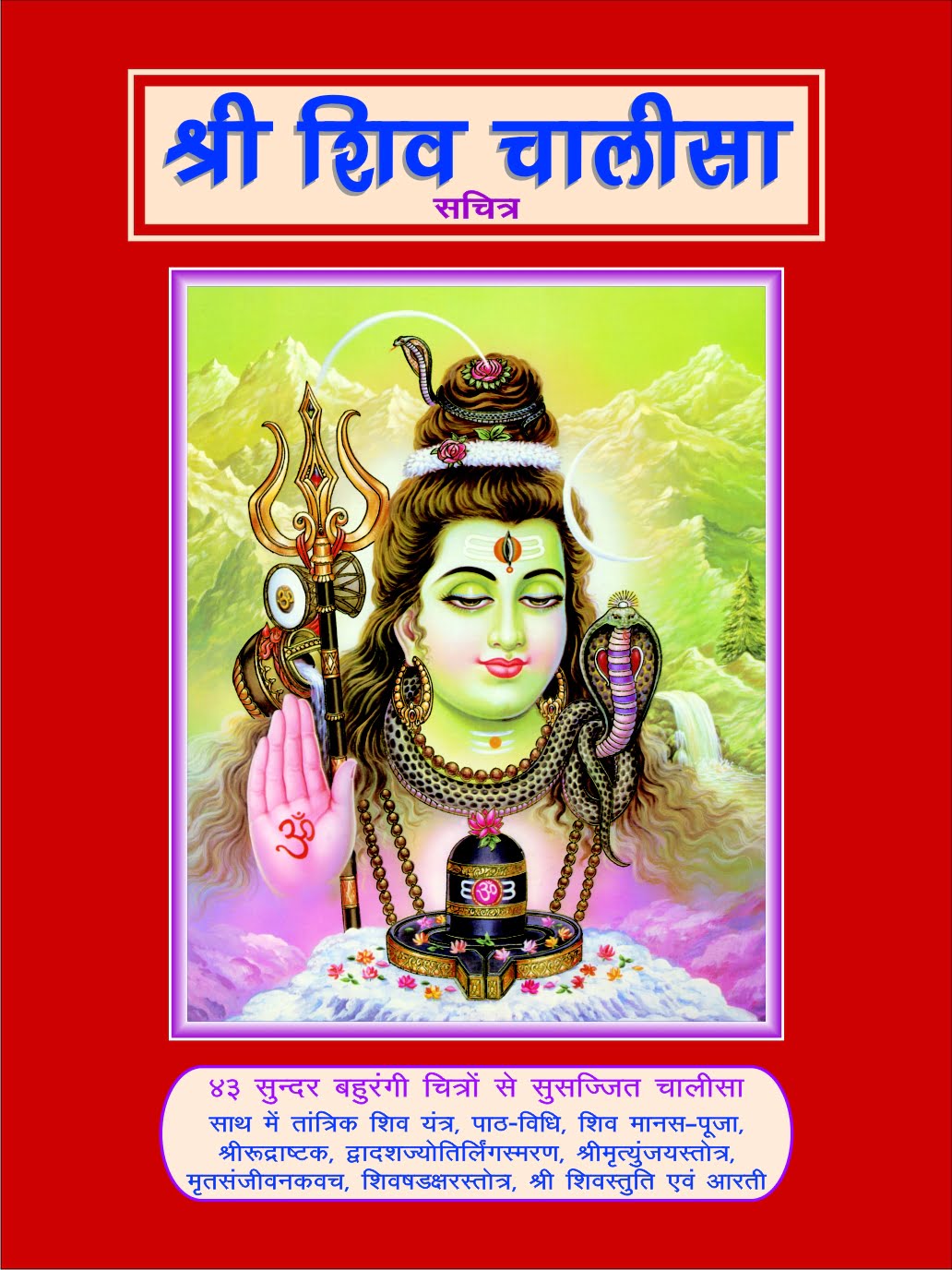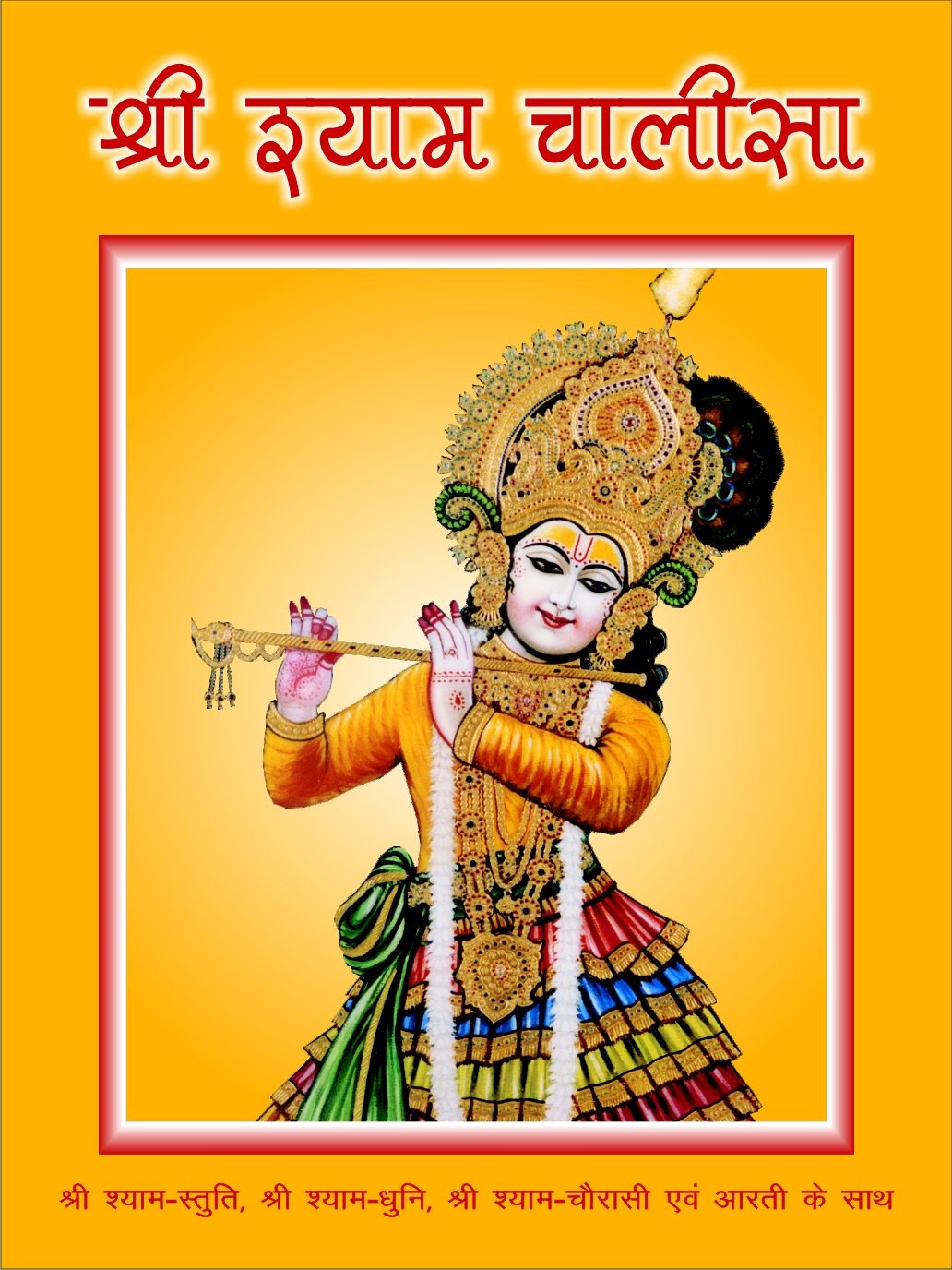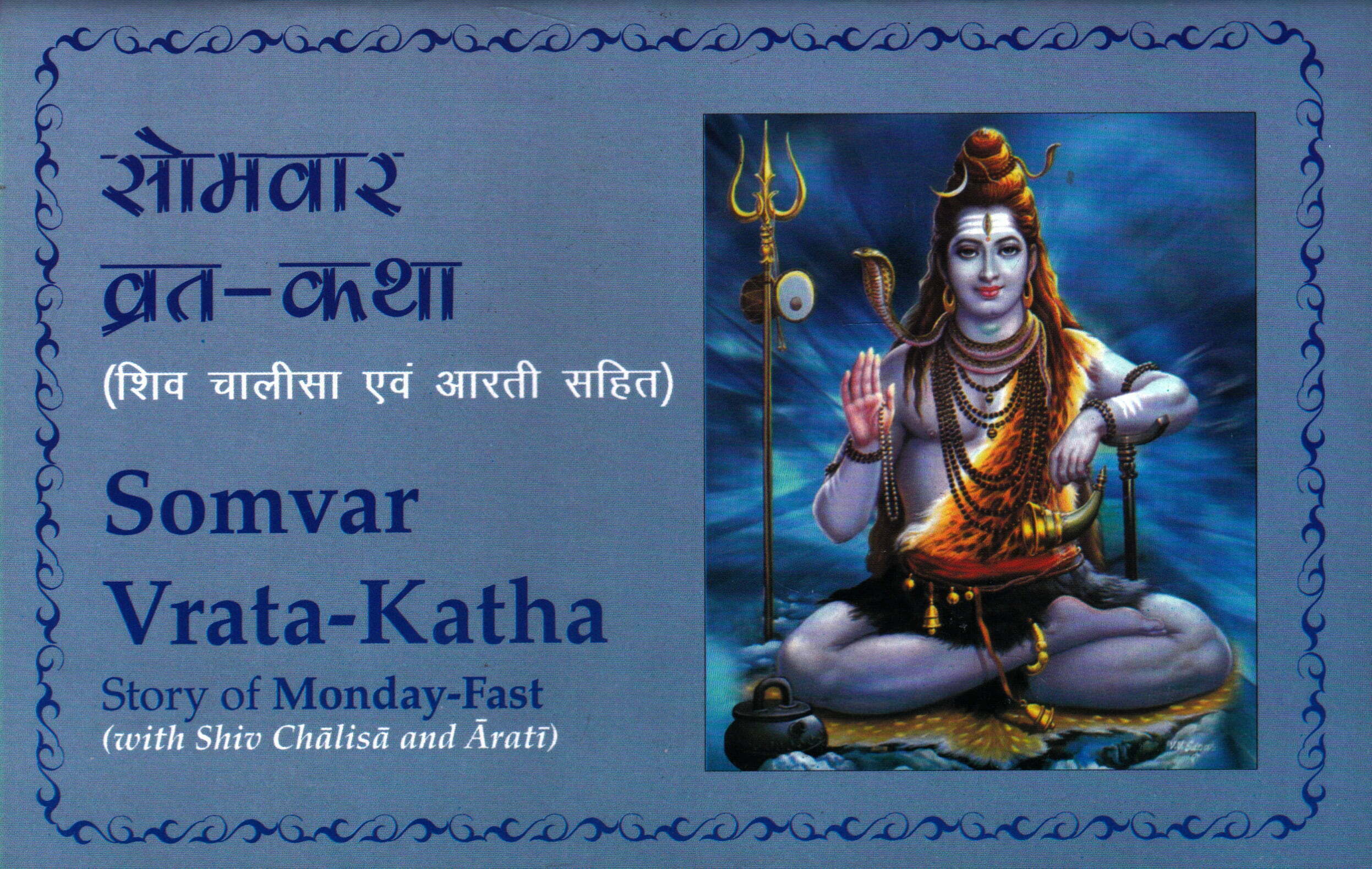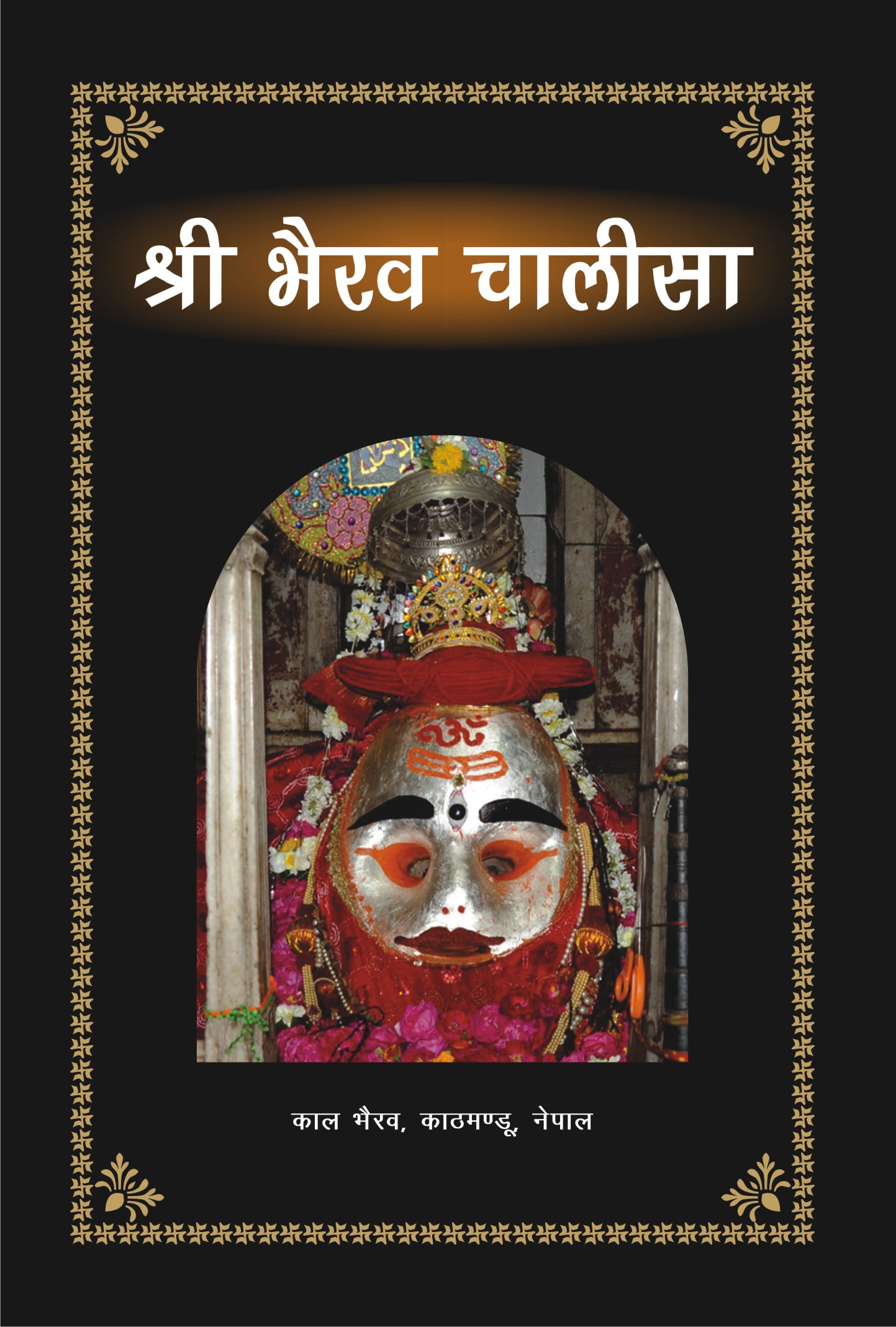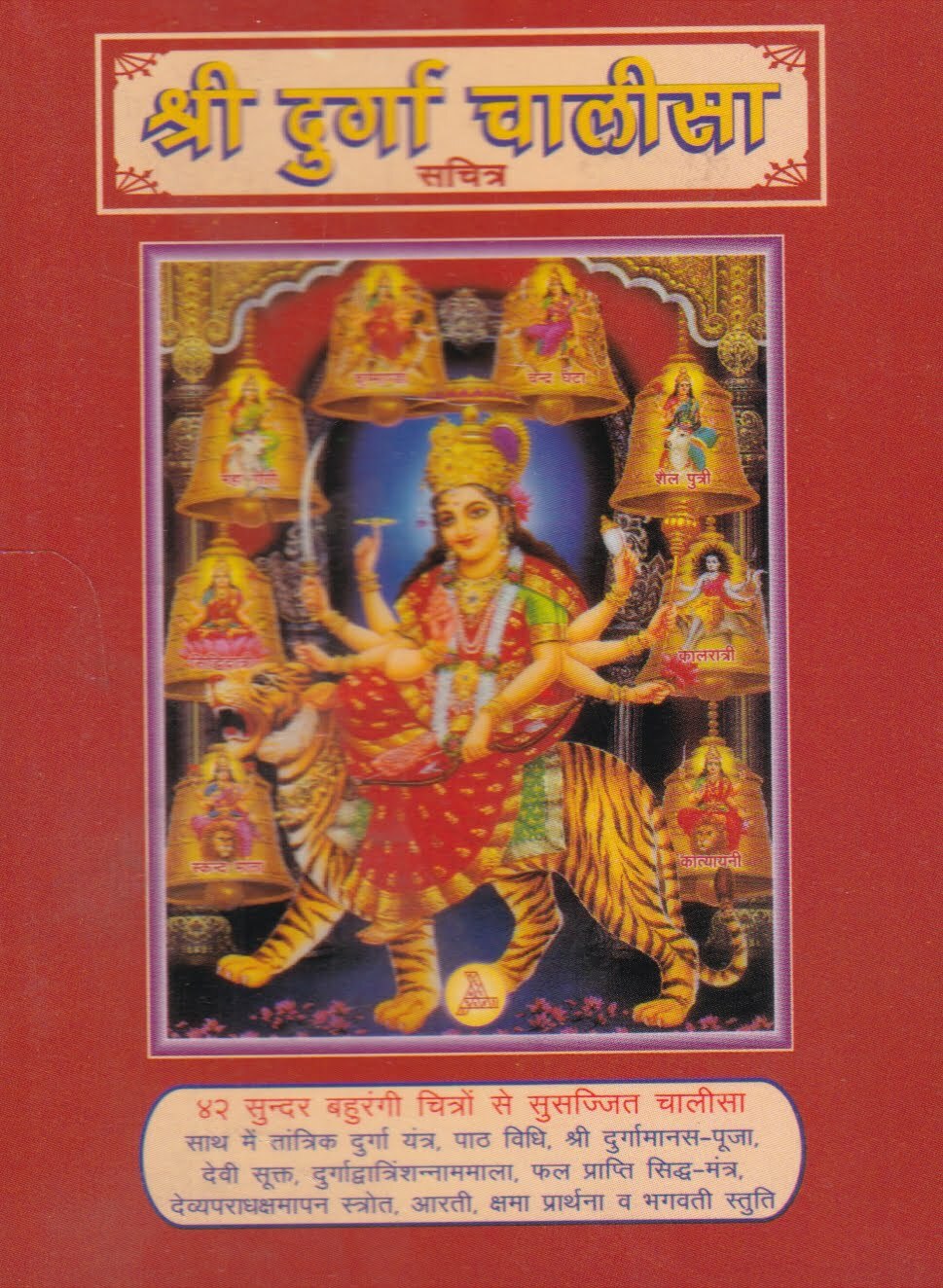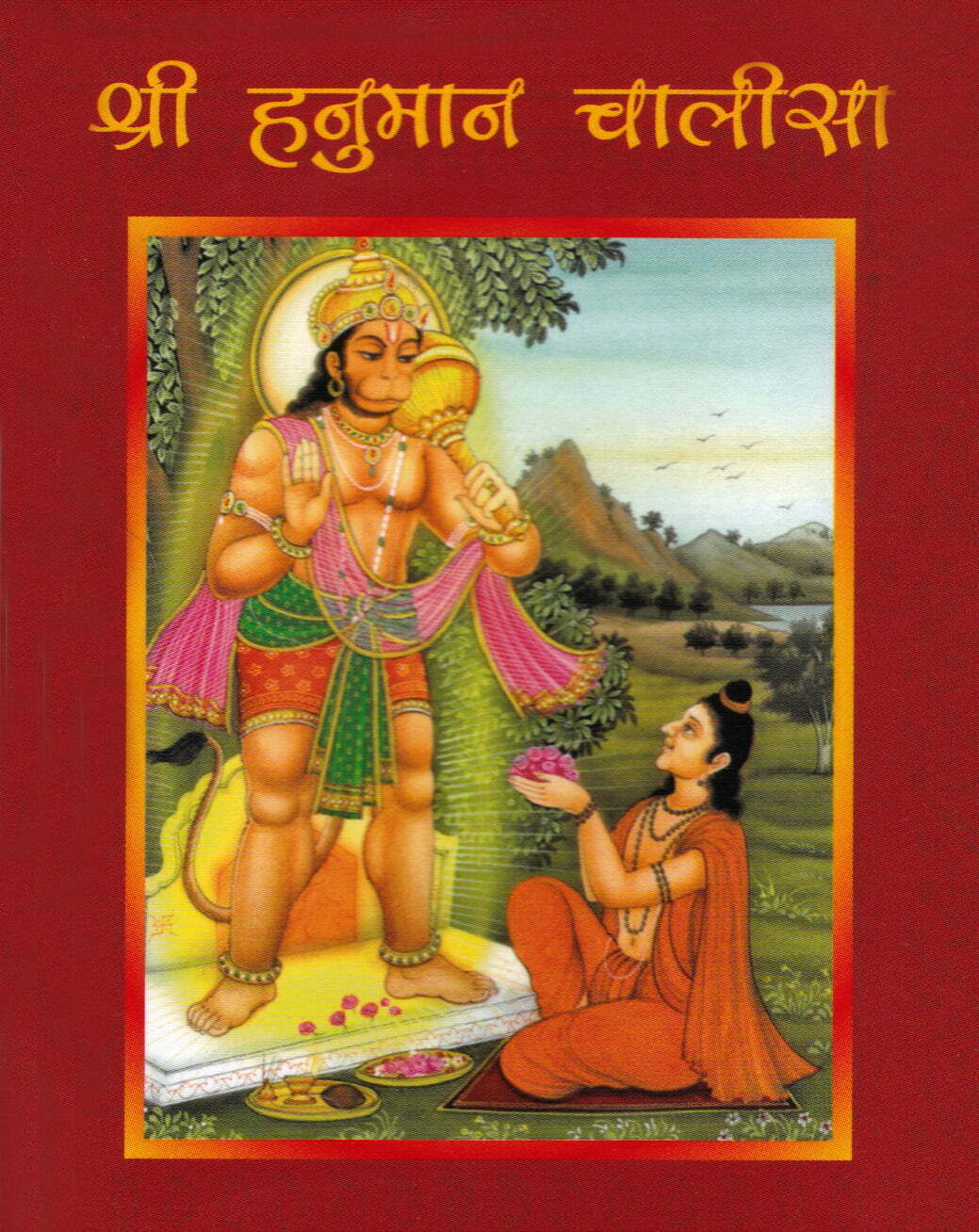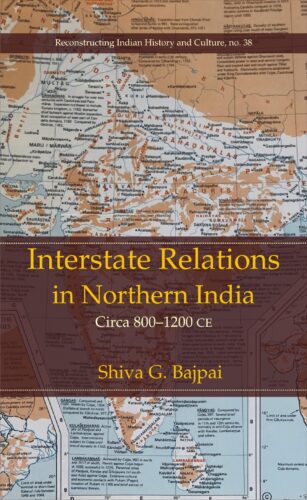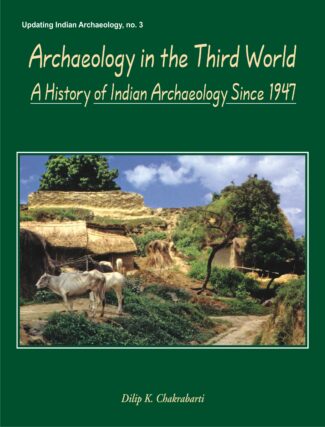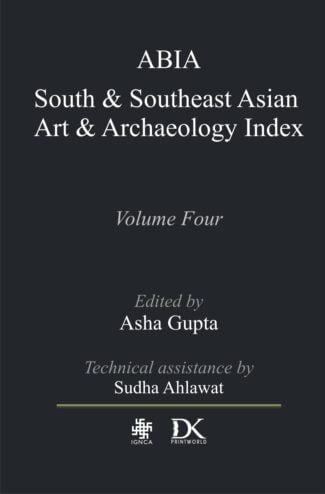

Shriram Janmabhoomi,...
Shriram Janmabhoomi, Ayodhya, U.P., ke sandarbh mein bahudha puche jane wale prashno dwara sach janiye
by: UnknownHow many of us know about the persons involved in pulling down the controversial structure the Babari Masjid in Ayodhaya? What is the importance of Ram janmabhoomi? Was the Babari structure built on the portions of Ram Mandir? All this and much more in a QuestionAnswer form, based on ground realities, presented in this book.
₹140.00 Original price was: ₹140.00.₹126.00Current price is: ₹126.00.
ISBN: 9788124602218
Year Of Publication: 2002
Edition: 1st
Pages : x, 146
Language : English
Binding : Paperback
Publisher: D.K. Printworld Pvt. Ltd.
Size: 22 cm.
Weight: 200
How many of us know about the persons involved in pulling down the controversial structure the Babari Masjid in Ayodhaya? What is the importance of Ram janmabhoomi? Was the Babari structure built on the portions of Ram Mandir? All this and much more in a QuestionAnswer form, based on ground realities, presented in this book.
- Sale!Ancient Movements of Indo-Aryans and Indo-Aranians by: Marta Vannucci
₹650.00Original price was: ₹650.00.₹585.00Current price is: ₹585.00.In an attempt to explore the ancient history of Central Asia and of the movement of ancient peoples, the work examines the affinities and interactions of the people who called themselves Arya, that is, the Indo-Aryans and the Indo-Iranians, with other peoples and nations of the ancient world, like the Semites, the Hurrians and the Medes. It delves into the processes of acculturation when people of different cultures came in contact with each other at a time that goes back to the very earliest of times (ninth or tenth millennium bce). It examines the movements of the Indo-Aryans and the Indo-Iranians across Asia and their neighbours and active trade partners like the Sumerians, the people of Mesopotamia and the Harappans. It thus throws light on the interactions of the early Indo-Aryans and Indo-Iranians with other flourishing central Asian civilisations of the time. It cites references to ancient traditions that still prevail among peoples in different cultures from different parts of the world, pointing out how these testify to the continuity of ancient traditions and, importantly, the ancient interaction between cultures.
Well-researched and with accurate references to time periods, this scholarly work will deeply interest scholars and students of history and anthropology concerned with the earliest origin of cultures and cultural interactions. - Sale!Interstate Relations in Northern Indian by: Shiva G. Bajpai
₹1,400.00Original price was: ₹1,400.00.₹1,260.00Current price is: ₹1,260.00.The book thus delves deep into the philosophies of both Bdaryaa and akara in enunciating the essential features of Brahman and Its association with the world. It thus discusses topics such as what sort of cause Brahman is?, and what sort of material causality is to be ascribed to It? It also addresses the conflicting views on the nature of Brahman like that of Vivarttavda and of Rmnuja’s Sagua-Brahman.
- Sale!Archaeology in the Third World by: Dilip K. Chakrabarti
₹1,100.00Original price was: ₹1,100.00.₹990.00Current price is: ₹990.00.This book offers an authoritative historical frame of archaeological research in post-Independence India. It outlines the early evolution of the new Indias archaeological policy and the wide range of discoveries, which accompanied it. It shows how in the first flush of Independence archaeological research added new depths and dimensions to the ancient Indian past. It also looks closely at the tangled web of ideas behind this research, highlighting the major mile-posts in its story of development. At the same time it demonstrates with unerring clarity how the national archaeological policy of the 1950s and the 1960s has currently lost its direction. This is accompanied by an incisive analysis of different aspects of Indian heritage management, including the impact of religious fundamentalism, the looting of antiquities and the place of archaeology in Indian education. Finally, there is a detailed discussion on the scope of nationalist archaeology in India. One of the core arguments of the book is that the developments and features of post-Independence Indian archaeology may be representative of the archaeological scenario of the Third World as a whole. In fact, this is the first book to set down clearly the basic traits of Third World Archaeology and argue for its acceptance as a separate conceptual area in mainstream archaeology.
- Sale!ABIA by: Asha Gupta
₹2,100.00Original price was: ₹2,100.00.₹1,890.00Current price is: ₹1,890.00.Volume four contains 1344 records on South and Southeast Asia selected out of 1800 records from the ABIA South and Southeast Asian Art and Archaeology Index database. Volume four has been compiled by the ABIA project team at IGNCA New Delhi. It includes all forms of scholarly publications, ranging from survey works to small but important articles in composite books and journals published in India between 2006 and 2011. Subjects include pre- and protohistory, historical archaeology, ancient art history, modern art history, material culture, epigraphy and palaeography, numismatics and sigillography (seals). The bibliographic descriptions (with the original diacritics), keywords and annotations have made this reference work a reliable guide to recently published scholarly work in the field.
- Sale!Chandragupta Maurya by: P.L Bhargava
₹400.00Original price was: ₹400.00.₹360.00Current price is: ₹360.00.A Ksatriya hero of little-known antecedents, Chandragupta Maurya was unmistakably a born leader of men, who within twentyfour years of his reign: 317 bc-293 bc, established a gigantic empire by not only unifying the countless fragments of a distracted India, but annexing some of the erstwhile Persian dominions as well. Professor Bhargava here profiles this first historical emperor of India, in all essential detail. Based on diverse original sources, notably, Brahmanical, Buddhist, Jaina, and Greek, the book sets out a fascinating, well-knit narrative delineating Chandragupta Maurya: the man, his times, and his meteoric rise to political supremacy with contextual focus on the state of polity, administrative mechanisms, religion, society, economy, literature and arts during his rule. The author also tries to apply correctives to the myths woven around Chandragupta in legend, literature, and chronicles. Acclaimed alike by historians and Indological journals of repute, Dr. Bhargavas book is now in its second edition: enlarged and thoroughly revised against the backdrop of the latest research findings.


